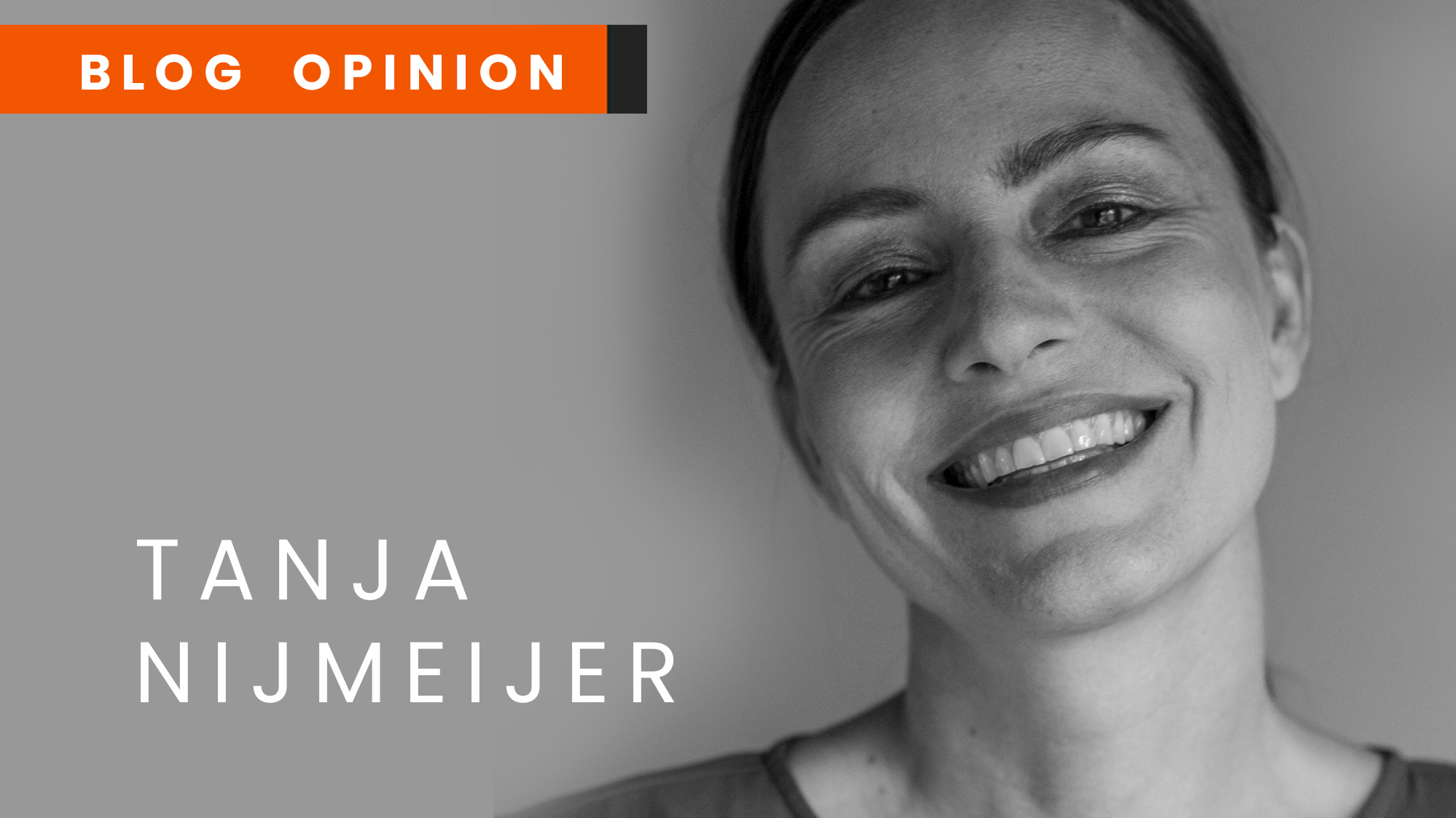On November 24 and 25, Dutch Minister Ploumen of foreign trade and Development visited Colombia, where she led a trade mission comprising energy companies, a delegation of Dutch parliamentarians and different NGOs. She visited the Department of Cesar and, more specifically, the mining companies Drummond and Proteco.
On the 17th of November, the minister signed a covenant with 5 Dutch energy companies, E.ON Benelux, EPZ, Essent, GDF Suez Energie Nederland, and Nuon, in order to “better the social and environmental situation in and around the coalmines”. In the covenant, the energy companies promise to investigate their supply chains to see if there are any problems and talk with the mining companies about different ways in which these could be resolved. The energy companies will discuss the results of the covenant every year and they will be “jointly accountable”; for the minister, this means an important step in the right direction, because it will provide more transparency.
And transparency is what we need: all Dutch energy producers have been extremely mysterious for many years about the origin of their coals, fearing bad publicity and thus a decrease in their profits. The number of coals used in the production of electricity in the Netherlands has increased significantly in the last years (24,5 % of the total production in 2013), so there are strong interests playing here.

So strong, that at least 59.000 displaced persons, 2.600 killings, and 242 disappearances in the framework of an aggressive method to “de-peasantize”(1) the area and give free way to Drummond and Glencore (Prodeco) were ignored. This was the result of a partnership between the state, army, paramilitaries, and the coal industry. The victimizers were never prosecuted; victims and families were never compensated.
Until today, Drummond and Glencore maintain that they have never been involved in these human rights violations. The evidence is overwhelming, though. Even this year there have been death threats against union leaders by the security service of Drummond and Prodeco. The “democratic” Colombian state concealed all this in the past, doesn’t comply with its own laws and doesn’t force justice to undertake action, because it can’t throw stones while it is living in a glass house.
It is unfortunate that the covenant doesn’t contain any protocols on how to deal with past and present HRV; besides, the whole document is non-committal. As long as the Colombian state doesn’t take action against the coal industry and, at the same time, recognizes its own responsibility in all this, there will remain a stain on the history of this “democracy”.
And we are not talking about just one stain: the method of de-peasantizing the areas, as carried out in Cesar, has taken place in many other places and mines in Colombia, with comparable numbers of displaced persons and homicides.
If President Santos was able to organize a nice roadshow in West Europe, with magnificent stories to obtain support for post-conflict Colombia, why doesn’t he show some goodwill and finally start to eliminate all these stains from the past?
(1) De-peasantize is the translation of the Spanish word descampesinización, which means to eliminate peasants from the countryside, through displacement, killing, or disappearance. This is generally done by (para) militaries to clean the countryside for big multinational projects (for example to grow crops for biofuels, or for mining and energy exploitation).
